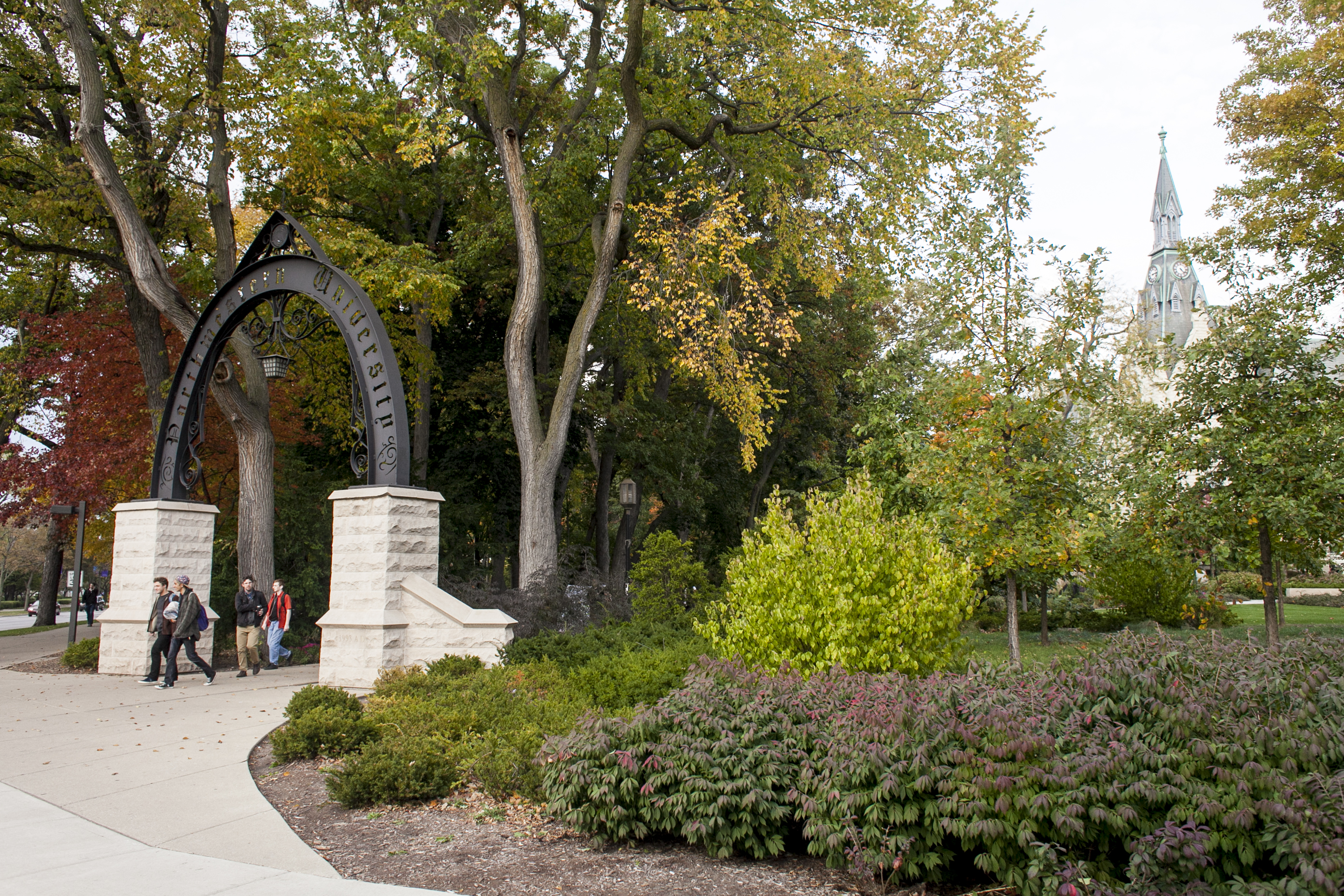Inside an office at SeatGeek Stadium, information is exchanged.
Not between a player and a coach, but between an analyst and a coach. The analyst is more mathlete than athlete, but his influence on the Chicago Fire’s wins and losses is massive.
“It’s been pretty cool, especially growing up a Chicago Fire fan,” said the analyst. “Being able to now work with the club, help the club make better decisions, has been really validating.”
Kevin Minkus is his name, and analytics are his game.
Feeling out of the loop? We'll catch you up on the Chicago news you need to know. Sign up for the weekly Chicago Catch-Up newsletter here.
The Glen Ellyn native is the Fire’s director of analytics, and he uses advanced technology – including forms of artificial intelligence – to gain an edge in performance, scouting and recruitment.
How does his help make a difference on the pitch?
“We’ve scored goals specifically exploiting work that our Machine Learning Modeling has told us are areas we can attack,” Minkus said.
Local
Wearable GPS devices help Minkus and the Fire collect enormous amounts of valuable data during training and matches. The devices are distributed by a company called HUDL that works with elite teams across the globe.
John Wirtz is one of three people who helped found the company.
“You can really understand a player’s load live during practice and live during the game, and you can optimize every single training and practice session to make sure you’re hitting that optimal level of load that matches game pace but doesn’t overshoot and start getting into that soft tissue injury territory,” said the company’s chief product officer.
At Northwestern University, five athletic programs use similar wearable devices, including the Wildcats women’s soccer team. Lindsey Parkins – an assistant director of Olympic sports performance– uses the devices to help prepare players for a grueling season.
“We want fast, strong, resilient, fit athletes, and how do we make sure that we get them to that point so when they’re in the season, they’re ready to go?” Parkins said.
NU women’s soccer Head Coach Michael Moynihan believes showing players data generated by the wearable devices helps them push themselves to be their best.
“We could tell them somewhat subjectively, ‘It doesn’t look like you’re running enough – you’ve got to cover more ground’. And they’re like, ‘Oh man, I’m working, I’m really working, I feel like I’m covering a lot of ground.' Well, we can pull out the data and be like, ‘Look – the player on the other team covered this much. You only covered this much. There’s room to make up’. And they’re like, ‘Whoa, okay.' The light goes on, and they start changing the way they train so they can meet those physical demands,” Moynihan explained.
Move to one of the school’s weight rooms, and you can find players on the men’s basketball team using a different piece of technology: a force plate, which measures things like jump height, speed and force. It can also tell Brendon Ziegler, who’s another one of the school’s assistant directors of Olympic sports performance, if an athlete is favoring one side of his body.
“It really does give us some insight as to what’s going on,” Ziegler said. “It allows us to put some data to these subjective measures we’ve had in the past – not just asking how an athlete feels, we have some data to really back that up.”
Ziegler is able to show the data to men’s basketball head coach Chris Collins, and Collins can use it to determine how much he pushes his players in practice.
“Are your guys worn out? Do they have more to give?,” explained Collins. “What do the numbers bear, what does the science tell you? And it’s just amazing the amount of things we now have to quantity these areas and help our athletes be at their very best.”
Some teams and athletic departments are open to talking about the way they’re using AI and advanced technology, but others are not. NBC Chicago asked all of the top level pro and college teams in town to show us how they’re trying to gain an edge on the competition, but the majority of them turned us down.
Could it be because they’re hiding what they think is a secret advantage? It’s impossible to know for sure.
One thing we do know, at least at the pro level, is that analytics departments who collect and interpret data are common and often large. Of the Chicago pro teams that told us they have an analytics department, the Cubs is the biggest with more than 30 people, followed by the Blackhawks with 11. The Fire’s, led by Minkus, is made up of five people, while the Bears reported theirs has four. The White Sox and Bulls acknowledged they have an analytics department but declined to say specify the size, while the Sky and Red Stars told NBC Chicago that they don’t have a formal analytics department.
For the teams that did talk to us, they agree advanced technology in sports will only continue to grow and evolve.
“The one thing that I see as possibly an advent of AI in this space is being able to interpret the data that we have, and maybe see something that humans don’t,” Ziegler theorized.
Minkus expects teams to invest even more resources than they do now.
“We’ll see larger departments and maybe more data-driven processes on the whole as everyone is in the arms race to continue to find those edges over the rest of the competition,” said the fire's director of analytics.
Collins can hardly imagine how things will change in the next decade.
“I’m almost scared to think what it’s going to look like in the next 10 years from what we have now,” Collins said.



